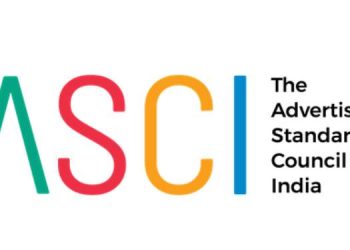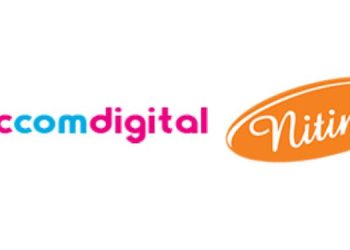
Achieving a 100 per cent viewability measurement in Digital Media is “not yet possible” according to a new study by The Interactive Advertising Bureau (IAB), which recommended that measured impressions should be held to a 70 per cent viewability threshold.
The State of Viewability Transaction 2015, a paper that offers the digital advertising industry guidance on how to manage the shift to 100 per cent viewability, offers up seven principles to follow in 2015. These include advice on billing, what to do if a campaign doesn’t achieve the 70 per cent threshold and advice around viewability of larger ad formats.
Randall Rothenberg, president and CEO of the IAB, said: “It’s time to set the record straight about what is technically and commercially feasible, in order to get ourselves on an effective road to 100 percent viewability and greater accountability for digital media.
“The MRC said it best – 100 percent is currently unreasonable. Why? Because, different ad units, browsers, ad placements, vendors and measurement methodologies yield wildly different viewability numbers.”
“Publishers, agencies, marketers, and ad tech companies can resolve these differences by working collaboratively to make measurement make sense. We won’t do it by holding guns to each others’ heads,” he added.
All billing should continue to be based on the number of served impressions during a campaign and these should be separated into two categories: Measured and Non-Measured.
Given the limitations of current technology, and the publisher observed variances in measurement of 30-40%, it is recommended that in this year of transition, measured impressions be held to a 70% viewability threshold.
If a campaign does not achieve the 70% viewability threshold for measured Impressions, publishers make good with additional viewable impressions until the threshold is met. Such a guarantee assures that all paid measurable ad impressions will be viewable at a threshold that both exceeds the minimum standard and falls within observed variances.
All make-goods should be in the form of additional viewable impressions, not cash, and should be delivered in a reasonable time frame. Make-good impressions should be both Viewable and generally consistent with inventory that was purchased in the original campaign. Determination of threshold achievement is based on total campaign impressions, not by each line item. In other words, some line items may not achieve threshold, but others can compensate.
For large format ads, defined as 242,500 pixels or over, a viewable Impression is counted if 30% of the pixels of the ad are viewable for a minimum of one continuous second, as noted in the “MRC Viewable Ad Impression Measurement Guidelines.”
All transactions between buyers and sellers should use MRC accredited vendors only.
A buyer and a seller should agree on a single measurement vendor ahead of time. The industry aspires to variances of no more than 10% between viewability measures provided by different vendors. All stakeholders must avoid costly, labor-intensive, error-prone manual processes of reconciling different sets of viewability numbers, hence the benefits of agreeing on a single vendor.

















